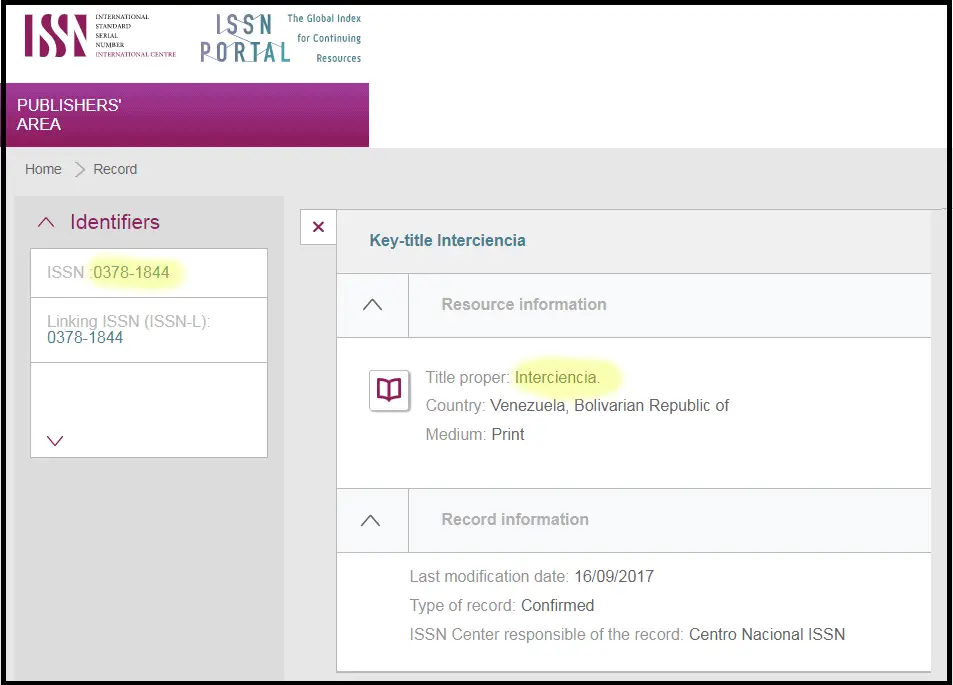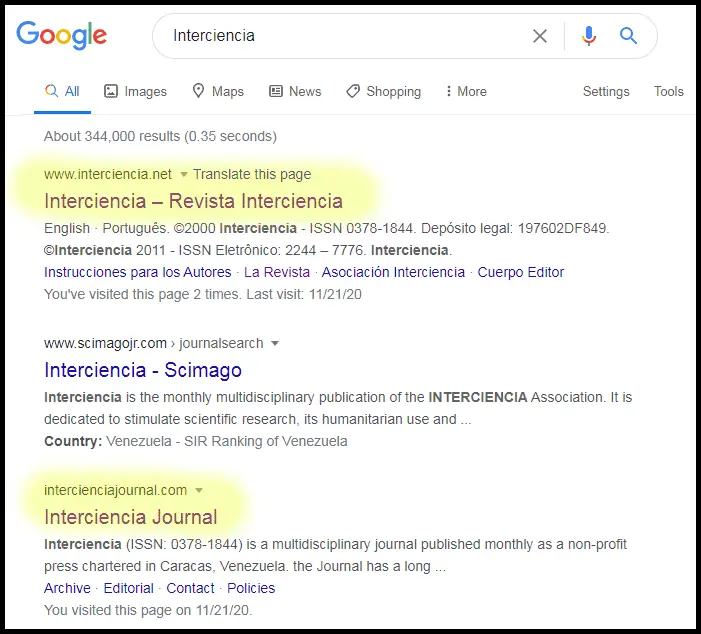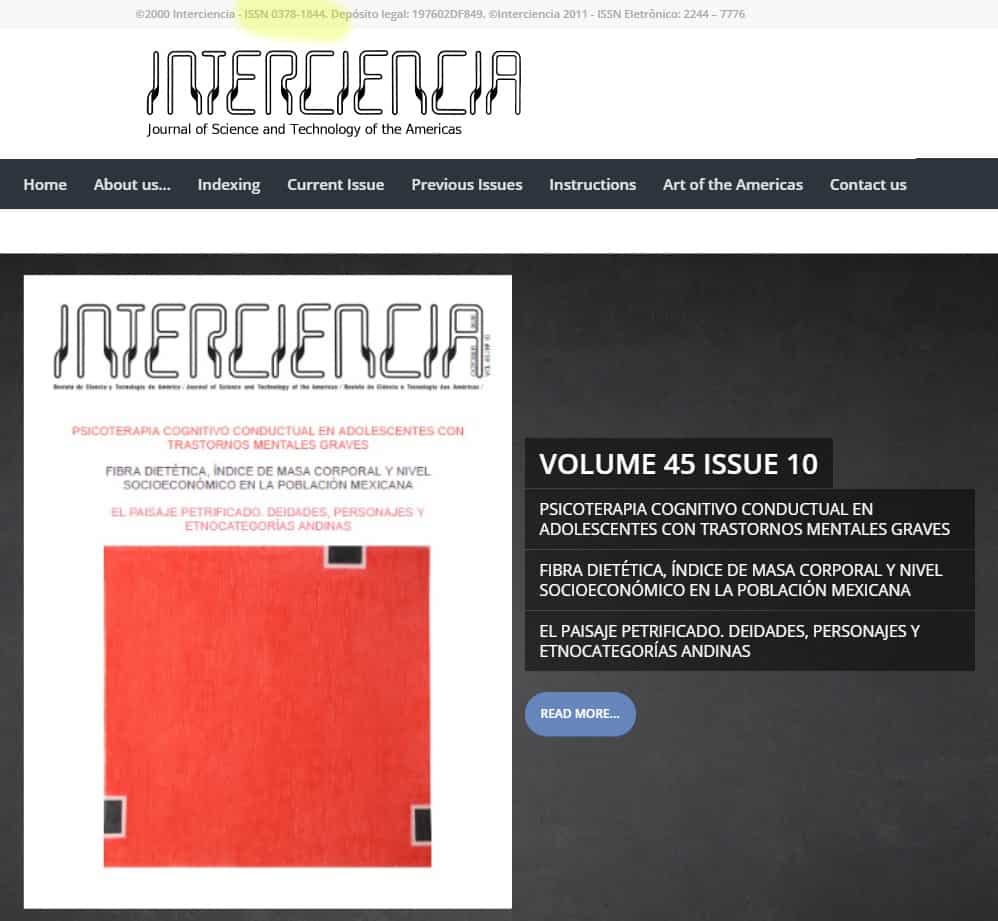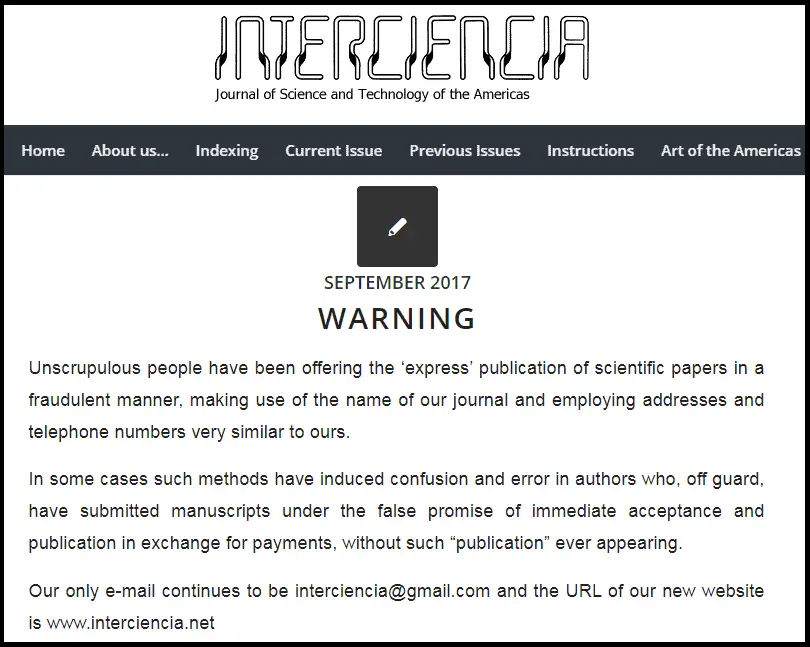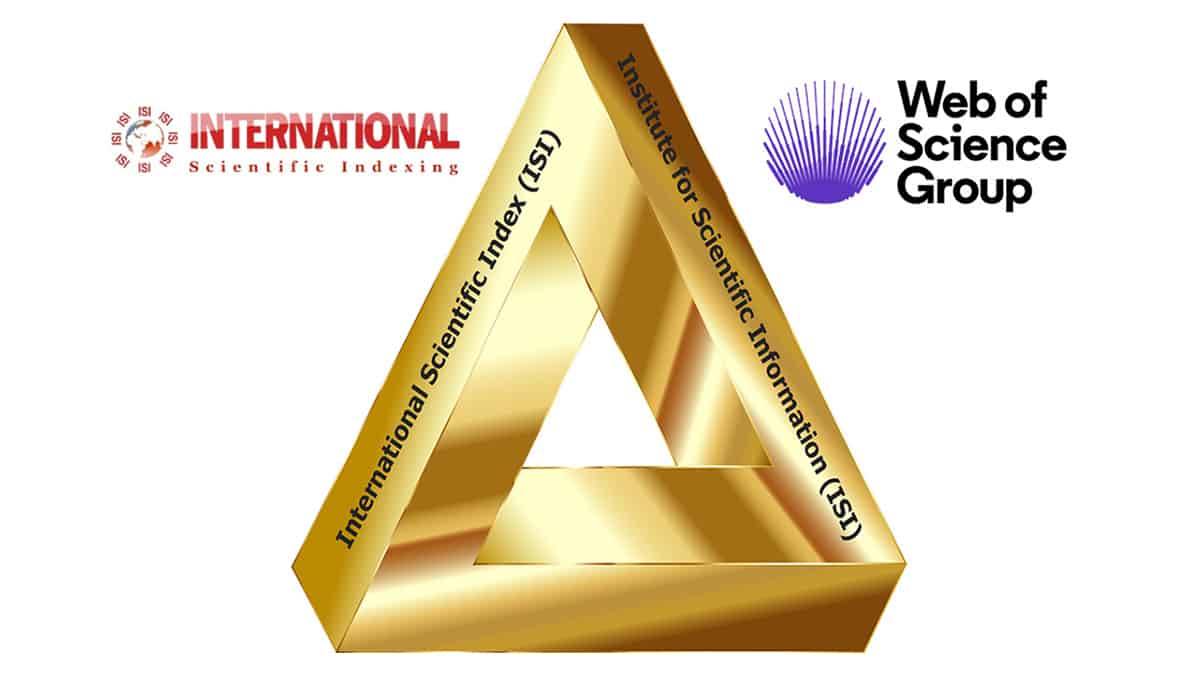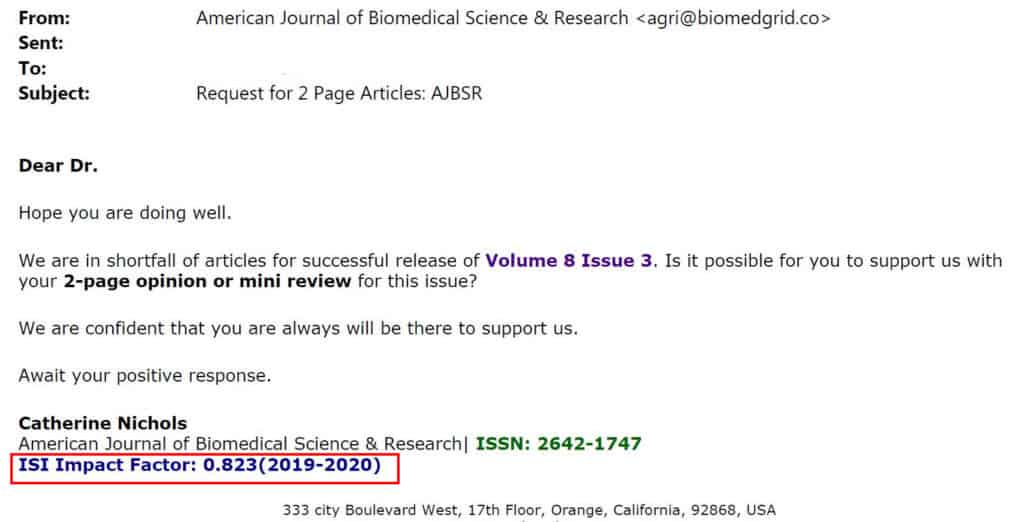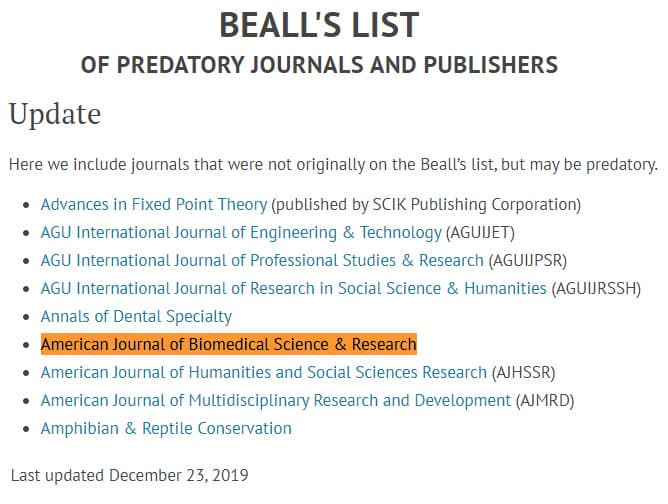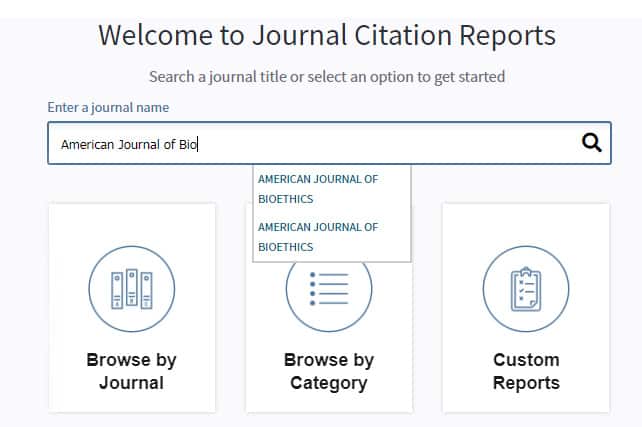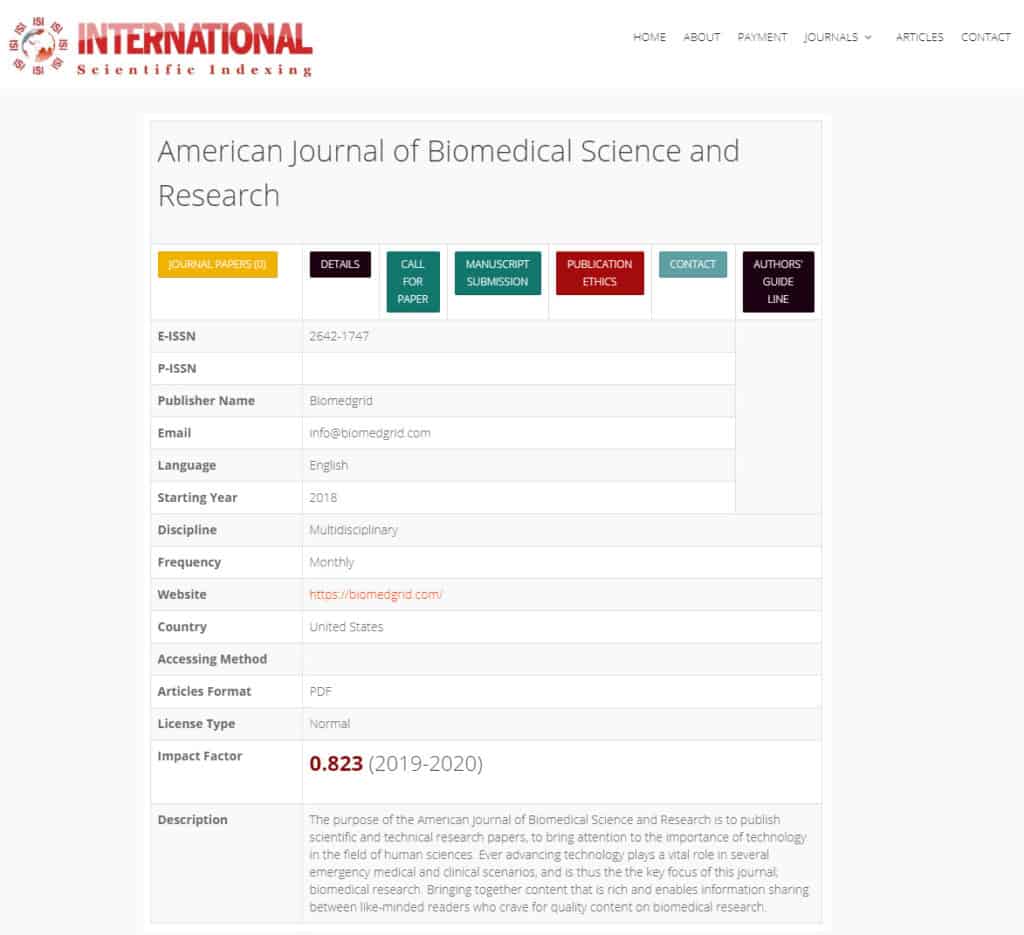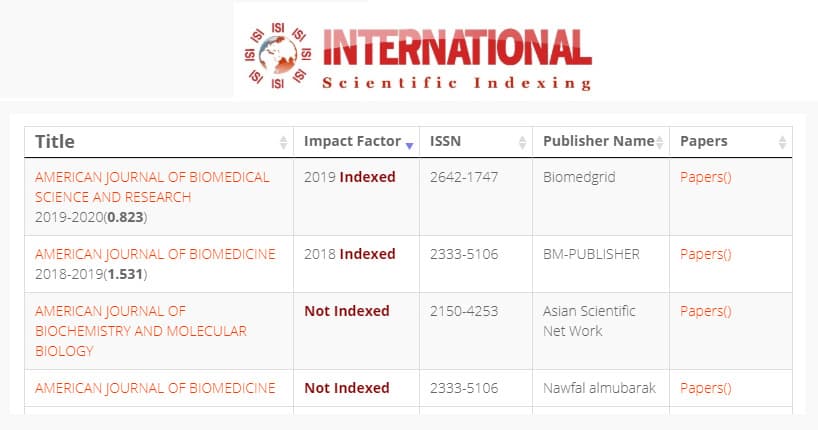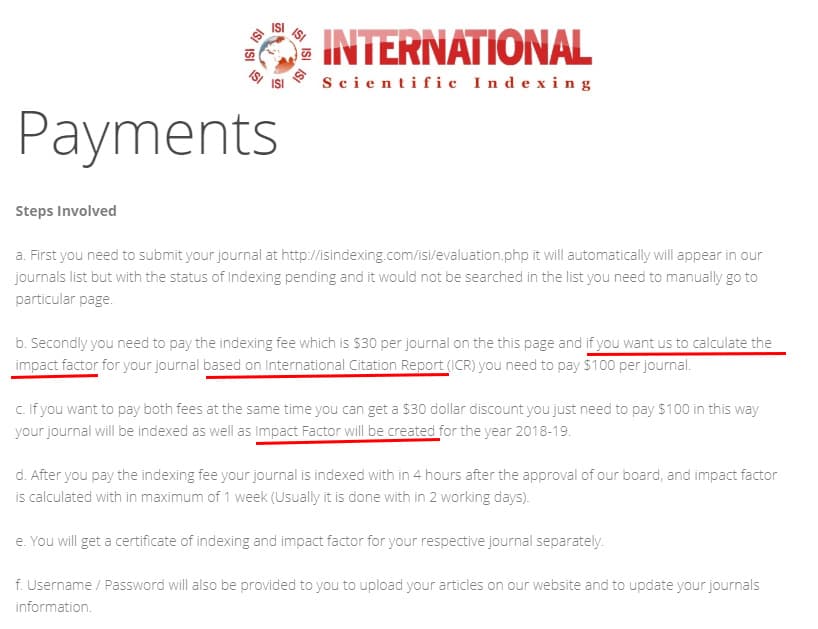It might be easier to identify journals which are not predatory
Researchers often ask, “How do you identify a predatory journal, so that I can avoid it?” But we can turn that question on its head and instead ask “How do I identify a non-predatory journal?”
In this article, we suggest several checks that you can do, which can inform the decision whether you want to submit to that journal.
If you want a quick answer, you might want to target journals that are not open access, as this model can’t be exploited by predatory publishers. You should also speak to colleagues who may have more knowledge and experience of the journal that you are considering sending your article to.
Is there a traditional publishing route for the journal you plan to submit to?
The reason that predatory publishing exists is because of the open access model (i.e. the author()s, or another stakeholder pays to publish the article). If an article is not being published as open access, predatory publishers cannot exploit you.
If you want to know more about Open Access and Predatory Publishing, you may want to take a look at “Scholarly Communication: What Everyone Needs to Know” by Rick Anderson. The book covers a lot of material but, in the context of this article, you might want to look at Chapter 12, which covers “What are Sponsored Journals? Are they like Predatory Journals?“
Before predatory publishing, there was really only way to publish a scientific article, often called “traditional publishing.”
In this model, once your paper is accepted, you sign over the copyright to the journal/publisher, they publish the paper and then make money by selling it via subscriptions and/or by selling individual downloads.
Some people have issues with this model, with the most common being that the author(s) do all the work and then hand over the copyright to the publisher, who is then able to profit by selling that article
If you consider most publishing models, such as a book, the author would get some of the income from sales of the book, even if they signed over the copyright. This is not the case with scientific publishing.
Reviewers and editors also work for free. The publisher profits from the work of all these scholars by charging them to access the article, which might include the institution that the author(s) works for, or even the author(s) themselves. But that is a discussion for another day.
In the context of predatory publishing, if the journal has a traditional publishing route, then you can be assured that the journal is not predatory as they will not expect you to pay, so have no way of profiteering from you.
Look at the review times for the journal you are considering submitting to
One of the characteristics of predatory journals is the very fast (sometimes just days) review times. We are unaware, in our disciplines, of any journals that responds so quickly. If we get a first decision within three months, we think we are very lucky, with six months being closer to the average.
However, it is not always easy to find out review times. You could try emailing the editor but that is almost always a futile exercise. The best an editor can tell you is what the journal’s aspirations are. When we have been involved in editorial duties (whether as an Editor-in-Chief or an Associate Editor), when we received an email asking how quickly papers were reviewed we replied with the journal’s aspiration, which was usually something like “We try to give a first decision within 90 days but we are reliant to the reviewers who may take longer this this to upload their review(s).”
Some journals show this data as a matter of course, which is very useful. Not all journal’s show this data, but it is very useful when it does.
This image on the left shows an example from a paper we looked at. It shows that the paper was received on 5 Mar, a revised version was received on 13 Jul and it was accepted on 19 Aug.
To us, this seems a reasonable timeline and would suggest that this is not a predatory journal, where the timelines would almost certainly be a lot shorter.
There is an interesting book by Matthias Starck called “Scientific Peer Review: Guidelines for Informative Peer Review (essentials)“, which looks at the peer review process, including a section (8.2) on “Fake Journal Peer Review“. The Amazon link is here.
Are a journal's Aims and Scope focused?
Many predatory journals, who just want to attract papers – any papers – have very broad scopes in the hope that it will appeal to as many authors as possible.
Non-predatory journals tend to have a much more focused scope, as they want to address just a single area and not spread themselves too thinly.
If the journal has a narrow focus, then it is an indication that the journal is not predatory, although you should validate this with the other checks you are doing.
Is the Editorial Board of the journal of the quality you would expect?
Like the journal’s aims and scope, the editorial board should, similarly, be focused on the area that is addressed by the journal. If the disciplines and expertise of the editorial board are aligned with the narrow scope of the journals, this is another indicator that the journal is not predatory.
It is always useful to be able to see pictures of the editorial board and to be presented with a short biography. A link their home page, or institutional page, is also useful.
We are not that worried about an email address, although it is useful and should be easy to find from the link to the home/institutional page.
We don’t blame people for not wanting their email addresses displayed, not because they do not want to be contacted but it is just another way that spammers can collect email addresses.
Really, what you are trying to do is to check that the editorial board member is a real person and that they have a presence at a reputable institution or organization.
It is also useful to see if they list the journal on their web site, stating that they are an editorial board member of the journal.
The main problem we have with tracking editorial board members is the time it takes. Not only because home pages are not always given (so you have to search) but it is surprising the number of academics who do not have home pages. For those that do, they are, understandably, in different formats and provide different levels of information. If you need to track down the editorial boards of a few journals it will be time consuming. We wish there was a central directory of this information.
Talk to colleagues about the journal you are considering submitting to
This is an obvious point, so we only make it for completeness.
If you are unsure whether a journal is suitable to submit to, ask your colleagues, especially if you are an Early Career Researcher.
Even if you are not, just a couple of minutes spent seeking the advice of a colleague might be the best two minutes you have ever spent.
Journals published before 1993 are unlikely to be predatory
The Open Access movement started in 1993 (see this paper for a history of Open Access). As it was open access that provided the catalyst for predatory journals to enter the market, it is a reasonably safe assumption that any journal that predates 1993 is not a predatory journal.
Like all the points made in this article, that is not a cast iron guarantee (it could have transformed into a predatory journal) but it is strong evidence that can inform your decision whether you are looking at a predatory journal or not.
Is the journal you are considering submitting to indexed by Web of Science and/or Scopus?
Web of Science (now called Clarivate Analytics) and Scopus are probably the most widely used bibliographic databases, at least with regard to indexing high quality journals.
Google Scholar, of course, is also widely used as are bibliographic search engines such as Science Direct, IEEE Xplore etc. But for the purposes of this article we are looking at those bibliographic repositories that index journals, rather than just papers.
Most researchers will be familiar with Web of Science and Scopus, as the journals they index are the ones they are “told” they have to publish in. How many have heard that certain institutions insist that their researchers are expected to publish in ISI Q1 or Q2 journals.

Having journals indexed in Web of Science or Scopus does provide an indication of quality which, in the context of this article, suggests that it is a non-predatory journal.
It is not a guarantee though. There have been reports of predatory journals being indexed in Scopus, for example, so being indexed in Web of Science and/or Scopus, in our opinion, is a strong indicator of quality but it is worth using that information in the context of the other indicators you look at.
If you want to check if a journal is indexed by Web of Science you can use Journal Citation Reports (JCR), but this requires a subscription. There is also a free resource here.
If you want to check whether a journal is indexed by Scopus, you can use their subscription based service, but there is a free option here.
Summary
It might be easier to identify a non-predatory journal, when deciding where to submit an article to, but the author still needs to proceed with caution.
The suggestions in this article should be taken as a whole. There is not one check that provides a definitive answer. Rather, you have to put all the evidence together and consider it all.
Of course, the suggestions here can also be turned on their head and used to identify predatory journals but there are also other ways that that this can be done, which we cover elsewhere.
Article history
Where an article has been updated since first being written, we provide a history of the changes. Why? Why not :-).
- The original article was published on 7 January 2020.
- The article was updated on 22 June 2023. The main content was not changed but we reformatted it a little (as we now have more experience with the tools we use) and also to try and improve the flow. The header image was also corrected as it was the wrong size..









